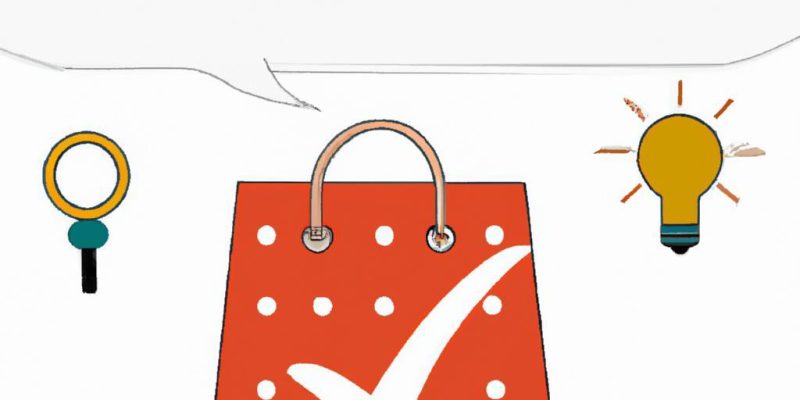
In an age where nearly every product is just a click away, the allure of online shopping can be both enticing and overwhelming. With countless options flashing before our eyes, it’s easy to get swept up in the thrill of discovery and lose sight of one crucial element: quality. How do we sift through the digital noise to ensure that what we’re purchasing meets our standards? Enter the realm of smart shopping—a proactive approach that empowers consumers to make informed decisions. In this article, we’ll explore essential tips for evaluating product quality before hitting that “buy” button, equipping you with the skills needed to navigate the marketplace with confidence. Whether you’re an avid online shopper or someone who prefers the tactile experience of brick-and-mortar stores, understanding how to assess quality can transform your buying experience from a gamble into a strategic success.
Understanding Materials and Construction for Lasting Value
Choosing the right materials is crucial when evaluating product quality, as they directly affect durability and longevity. Here are some key aspects to consider:
- Material Composition: Investigate the materials used in the product. High-quality options often include natural fibers or robust metals that withstand wear and tear.
- Construction Techniques: Look for products made with proven methods such as double stitching or reinforced seams, which enhance resilience.
- Environmental Factors: Assess whether the materials are treated for resistance to moisture, UV rays, or other environmental impacts, ensuring they retain their integrity over time.
When it comes to construction, craftsmanship can make all the difference. A well-constructed item not only looks better but also performs better. Consider these elements:
- Attention to Detail: Examine finishes, closures, and joint constructions—these often indicate the quality of craftsmanship.
- Brand Reputation: Research brands that prioritize quality control and customer satisfaction. Well-known manufacturers typically adhere to higher production standards.
- Warranty and Guarantees: Products offering clear warranties or satisfaction guarantees reflect the confidence manufacturers have in their workmanship.

Mastering Product Reviews and Ratings for Informed Choices
When it comes to making informed purchases, understanding product reviews and ratings is essential. Start by evaluating the **credibility** of the reviews you come across. Look for verified purchasers; their experiences often carry more weight than anonymous voices. Pay attention to the following aspects:
- Detail-rich Reviews: Reviews that provide specific insights about the product’s performance, functionality, and usability can be more helpful than general comments.
- Balanced Perspectives: Consider reviews that highlight both pros and cons to get an objective overview.
- Recency: Recent reviews are generally more relevant as they reflect the current quality and performance of the product.
Additionally, it’s beneficial to compare ratings across multiple platforms. A product might have varying ratings on different websites, which can indicate inconsistencies or issues with quality control. To assist in making your comparison easier, here’s a simplified table format to visualize the differences:
| Website | Rating (out of 5) | Number of Reviews |
|---|---|---|
| Site A | 4.5 | 120 |
| Site B | 3.8 | 90 |
| Site C | 4.2 | 150 |
To Wrap It Up
As we conclude our exploration of smart shopping and the crucial art of evaluating product quality, it becomes clear that purchasing decisions are about more than just price tags. Armed with the tips and insights shared in this article, you now have the tools to navigate the bustling marketplace with confidence. Remember, each purchase is an opportunity to invest wisely in products that resonate with your needs, values, and lifestyle.
Ultimately, smart shopping is about striking a balance between desire and discernment. By taking the time to evaluate product quality, you not only enhance your own shopping experience but also pave the way for more sustainable consumption practices. So the next time you find yourself at a crossroads in your shopping journey, recall these key strategies. Choose wisely, trust your instincts, and let quality be your guide in a world of choices. Happy shopping!
















